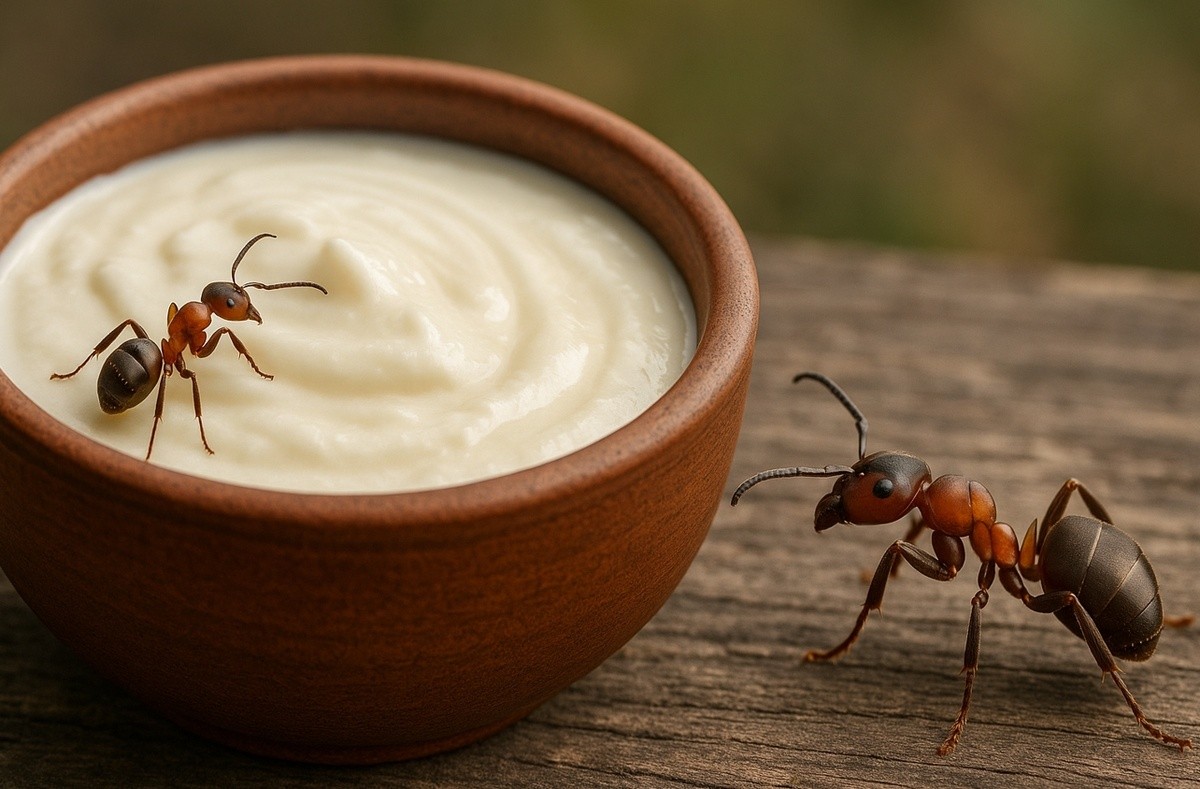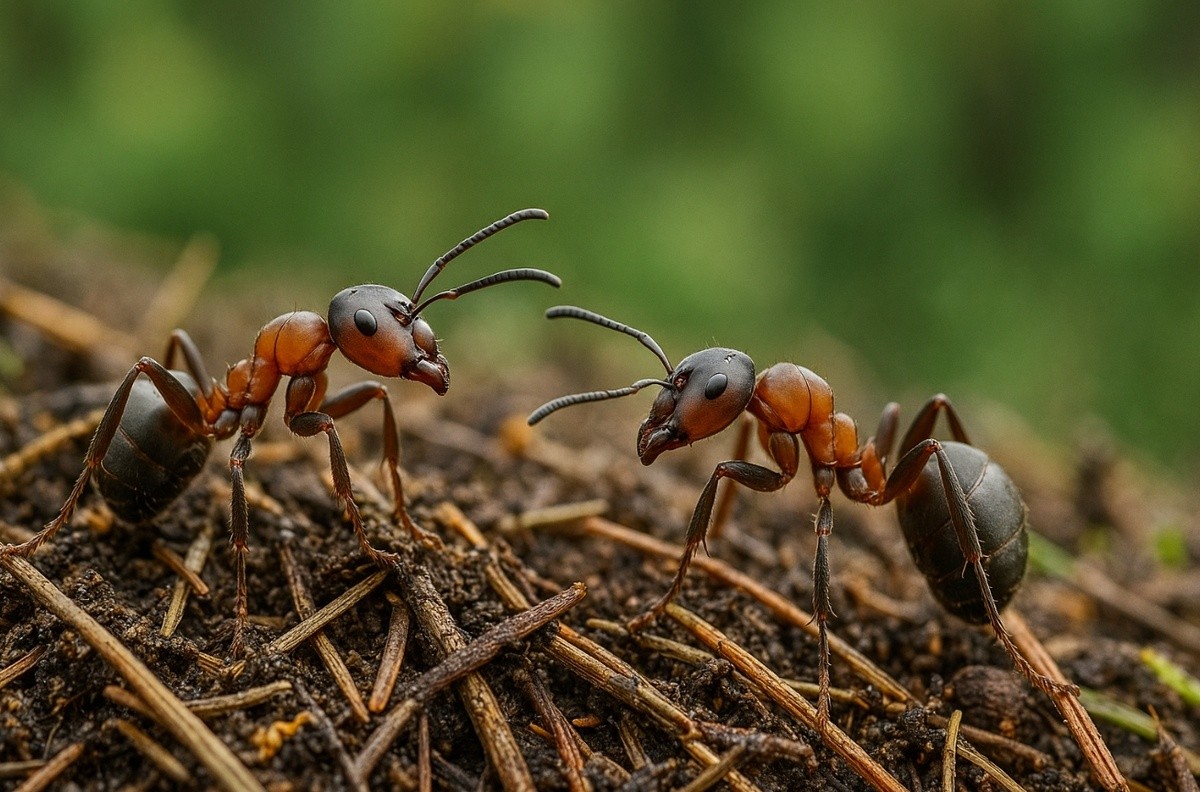Ant Yogurt: The Lost Fermentation Secret of Bulgarian and Turkish Villages
In the old villages of Bulgaria and Turkey, people once started yogurt with live ants, not a lab culture. Researchers from the University of Copenhagen and the Technical University of Denmark have revived this ancient technique, showing that forest ants host bacteria capable of turning milk into a yogurt-like product overnight. The process hinges on living ants. Freeze-dried or dried ants failed, often triggering Bacillus spores that spoiled the batch, while living ants produced a stable fermentation.

In This Article:
How ants replaced the starter culture
Researchers found that red forest ants (Formica rufa) carry Fructilactobacillus sanfranciscensis, the bacteria long associated with sourdough and yogurt. When scientists added just a few live ants to warm milk, by morning the milk had thickened into a soft, slightly sour yogurt with a grassy aroma. Formic acid in the ants' bodies lowered the milk's acidity and created ideal conditions for the bacteria to thrive. The microbes then produced lactic and acetic acids, along with enzymes that broke down proteins, yielding a yogurt-like product. Crucially, only live ants ensured stable fermentation; frozen or dried ants produced unpredictable results, with Bacillus spores often taking over in spoiled batches.

A forgotten tradition in Bulgaria and Turkey
Ethnographic data confirm these methods existed. In Bulgarian and Turkish villages, elders remembered that at the start of the 20th century jars of milk were placed inside ant nests, and by morning the milk thickened, turning mildly sour and aromatic. In Turkey’s nomadic communities lacking standard starter culture, people used ant eggs to kick-start fermentation. Over time, industrial yogurt production displaced these practices, and much knowledge faded. Some researchers now describe the ant yogurt as an example of a rare biological symbiosis between insects and microorganisms.

From lab to restaurant
Modern chefs have taken an interest. A Copenhagen restaurant, Alchemist, a two-Michelin-starred establishment, teamed with scientists to create dishes using 'ant yogurt.' Dishes include sheep-milk ice cream cultured with ants, and cocktails in which formic acid substitutes citrus acidity. All experiments were conducted under strict microbiological controls: ants were filtered to remove parasites, and samples were carefully tested for safety.

Why you cannot repeat this at home (and what comes next)
Today’s global yogurt market relies on two bacteria — Lactobacillus delbrueckii subsp. bulgaricus and Streptococcus thermophilus — delivering predictable flavor and texture but suppressing microbial diversity that once characterized regional ferments. In the past, local regions used their own microbes; for example, Turkish mountains saw the use of pine cones or herbs to seed fermentation. Some researchers suggest insects may have been among the earliest carriers of fermenting microbes, thousands of years ago. Because ants can carry parasites and because European regulation classifies such use as a novel food, home production of an ant yogurt is not advised and is often not permitted to sell. Scientists propose a safer path: isolate the beneficial bacteria from ants and use them as a standard starter, without introducing live insects into food. Ultimately, the discovery reminds us that fermentation is a shared biology between humans, microbes, and the world around us — perhaps insects were among the earliest carriers of the 'wild' yeasts and bacteria that fed humanity through bread, wine, and yogurt.

